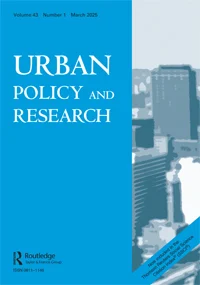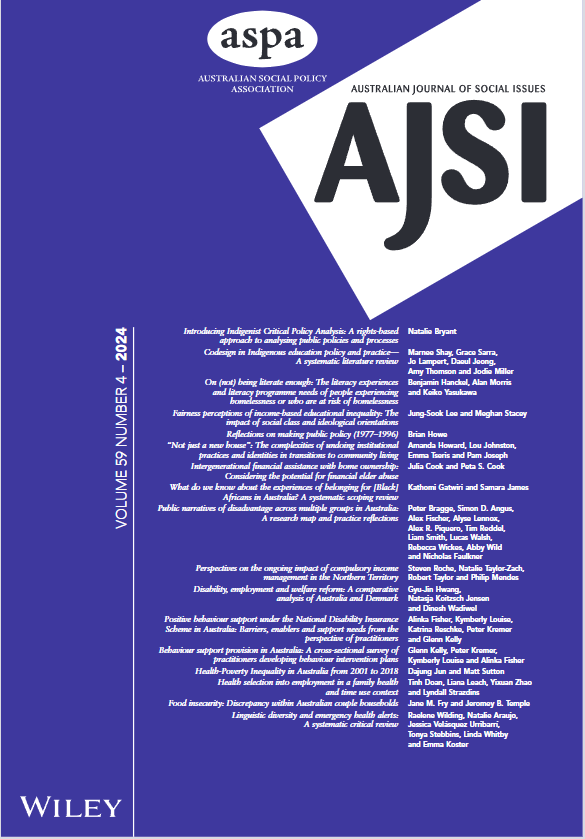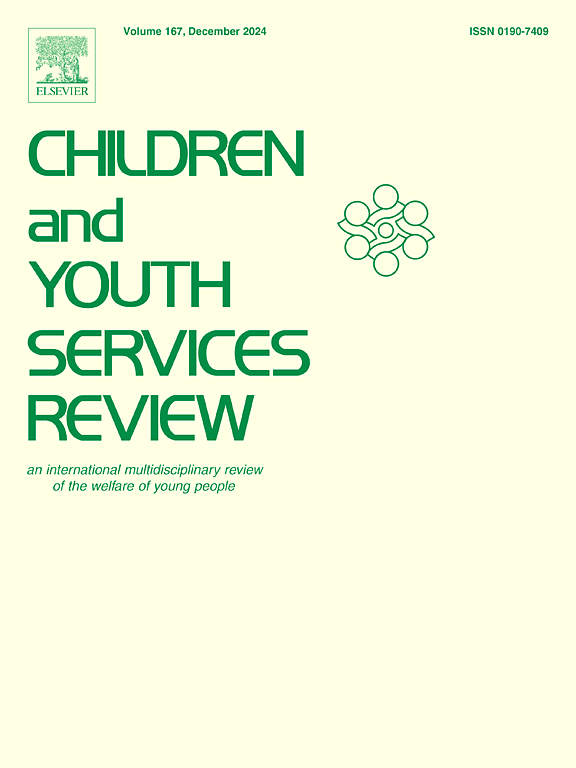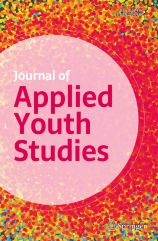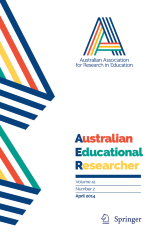Home Young people
Young people
- Research
This paper examines the relationship between housing assistance and youth offending in New Zealand (NZ). Using the Integrated Data Infrastructure (IDI), we established three cohorts of youth aged 14–24 who were part of households that received the Emergency Housing Special Needs Grant (EHSNG), lived in public housing, or received the Accommodation Supplement (AS) between 2016 and 2022. We found that offending decreased significantly among young people living in public housing or receiving the AS compared with the general population. However, reductions were not significant among those receiving EHSNGs, highlighting the importance of stable housing assistance on reducing youth offending.
- Research
This paper explores the experiences of young people in Queensland, Australia, under child protection orders who leave approved out-of-home care…
- Research
A significant proportion of young people exiting Out-of-Home Care (OOHC) encounter substantial challenges in securing housing, often leading to homelessness…
- Research
Trauma-informed design is an inventive architectural methodology that integrates trauma responsiveness into the design of shelters and supportive accommodations for children and youths.
- Research
This systematic review collates, synthesises, and appraises the academic and grey literature on UK studies reporting associations between youth homelessness and offending behaviours.
- Research
This research utilises Carol Bacchi’s (2009) ‘What’s the Problem Represented to be?’ approach to examine three state policies: ‘Towards Ending Homelessness for Young Queenslanders 2022–2027’, the ‘Queensland Housing Strategy 2017–2027’, and the ‘Queensland Youth Strategy’.
- Research
The COSS Model is an Australian place-based collective impact approach that uses data gathered via population screening in secondary schools to identify and then support adolescents at risk of homelessness.
- Research
Based on a novel approach describing workforce distribution, our analysis of the Greater Sydney statistical area in Australia found that not only is the city unaffordable for the school education workforce, but unobserved characteristics fill the income to cost gap.

